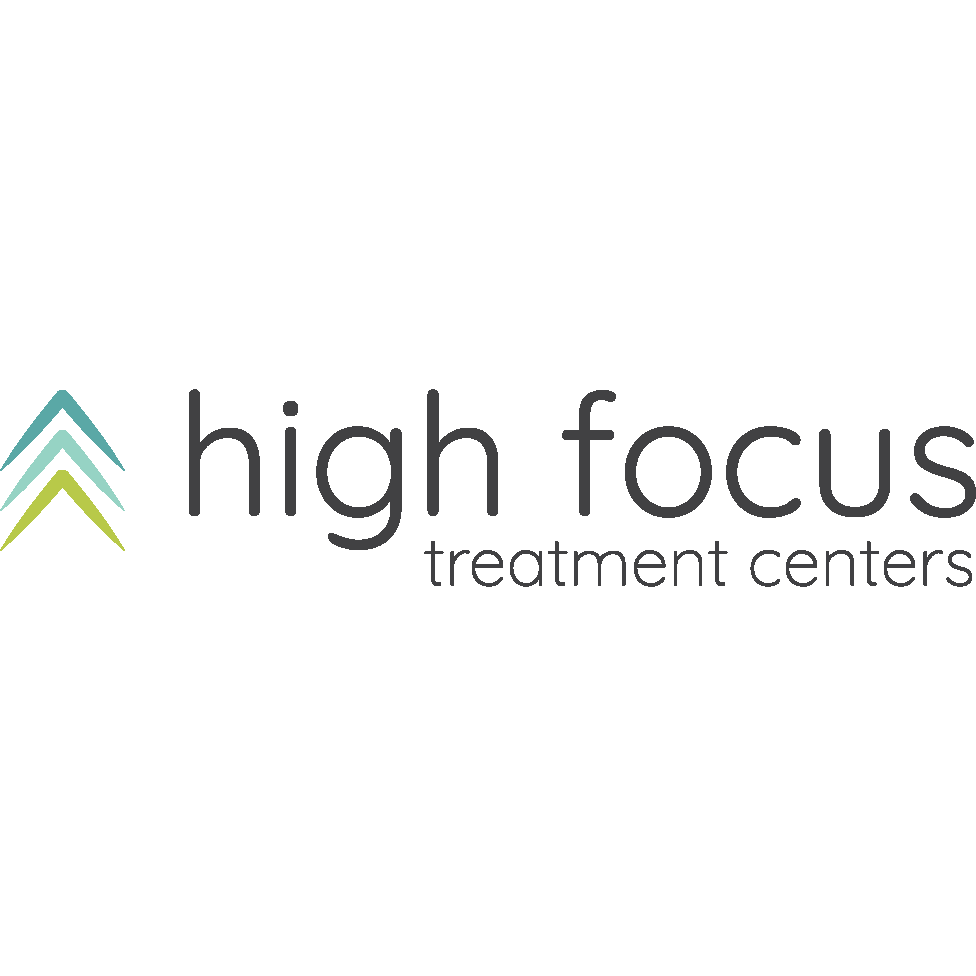
The truth that there is an opioid crisis present in the United States is no secret. According to the Centers for Disease Control and Prevention, from 2000 to 2015 more than half a million people died from drug overdoses. Ninety-one people in the U.S. die each day from an opioid overdose.
As a response to these shocking statistics, mental health professionals and medical professionals alike have been working together to create an effective treatment strategy to help individuals struggling with drug addiction find and maintain recovery through medication assisted treatment.
What is medication assisted treatment?
Medication assisted treatment (MAT) is combining non-addictive medications with counseling and behavioral therapies like CBT and DBT to provide a whole-patient approach to substance abuse treatment. Not only has been MAT been shown to help sustain recovery in many individuals, it is equally effective in helping prevent overdose from opioids.
According to SAMHSA, “The prescribed medication operates to normalize brain chemistry, block the euphoric effects of alcohol and opioids, relieve physiological cravings, and normalize body functions without the negative and euphoric effects of the substance used.”
It’s important to note that MAT is not the replacement of one drug with another. Rather, medication is used during the recovery process to help return the brain to a normal state of functioning which can heighten the success rate of other recovery treatment modalities like CBT.
What drugs are used in medication assisted treatment?
There are three types of medications used for treating opioid dependence – agonists, partial agonists and antagonists. Generally, these FDA-approved pharmacological treatments relieve withdrawal symptoms and help to prevent relapse in opioid-dependent people.
Agonists
Opioids cause quick and short bursts of euphoria by stimulating brain receptors. These short-lasting effects lead to compulsive and escalating drug use. While agonists act on the same brain receptors, their effects come on more slowly, are less intense and last much longer.
Agonists trick the brain into thinking it has received opioid painkillers or heroin. The person taking the agonist feels little difference between the two, but is spared withdrawal symptoms and cravings.
A common synthetic opioid agonist is methadone. As an addiction maintenance drug, methadone is taken at low doses to keep withdrawal symptoms at bay. This withdrawal relief helps people in recovery to maintain sobriety.
Partial Agonists
Partial agonists produce effects that are similar to full agonists, but are somewhat weaker.
Buprenorphine is a partial opioid agonist which prevents withdrawal symptoms. Buprenorphine can have side effects such as euphoria and decreased breathing, but its greatest effects are milder than agonists. Buprenorphine is used by itself or combined with naloxone, a combination known by the brand name Suboxone.
Antagonists
Antagonists block brain receptors. If a person taking an antagonist were to relapse, they would not be able to get “high” due to the blocking action of the medication. Consequently, substance use loses its appeal.
Naltrexone is an antagonist that binds to brain receptors even when other opioids are present. The medicine’s binding action prevents the receptors from being activated. Since illicit drug use can’t “turn on” the receptors, naltrexone takes away the feeling of getting high when substances are used.
Is MAT effective?
Simply put, yes, medication assisted treatment is highly effective. Aside from alleviating withdrawal symptoms, MAT offers many benefits to clients, such as:
- Reducing the risk of death from overdose in people suffering from addiction to opioids;
- Increasing the likelihood of finishing treatment and maintaining recovery;
- Decreasing illegal opiate use among people battling substance abuse disorders;
- Increasing people’s ability to find jobs and stay employed after treatment.
For those who have tried other drug addiction treatment methods with little or no success, MAT could be a beneficial addiction to traditional counseling methods of talk therapy.
Considering medication assisted treatment?
Medication assisted treatment helps clients receive holistic, overall treatment. As co-occurring disorders are likely to present themselves in those battling opioid addiction, MAT is beneficial in ensuring that the client receives the proper treatment plan to not only address all concerns, but to properly recover from them all.
If you think medication assisted treatment could benefit you, or are interested in gaining more information on behalf of a loved one, consider reaching out to Rehab After Work to learn more. Contact our admissions department or give us a call today at 610-644-6464.






